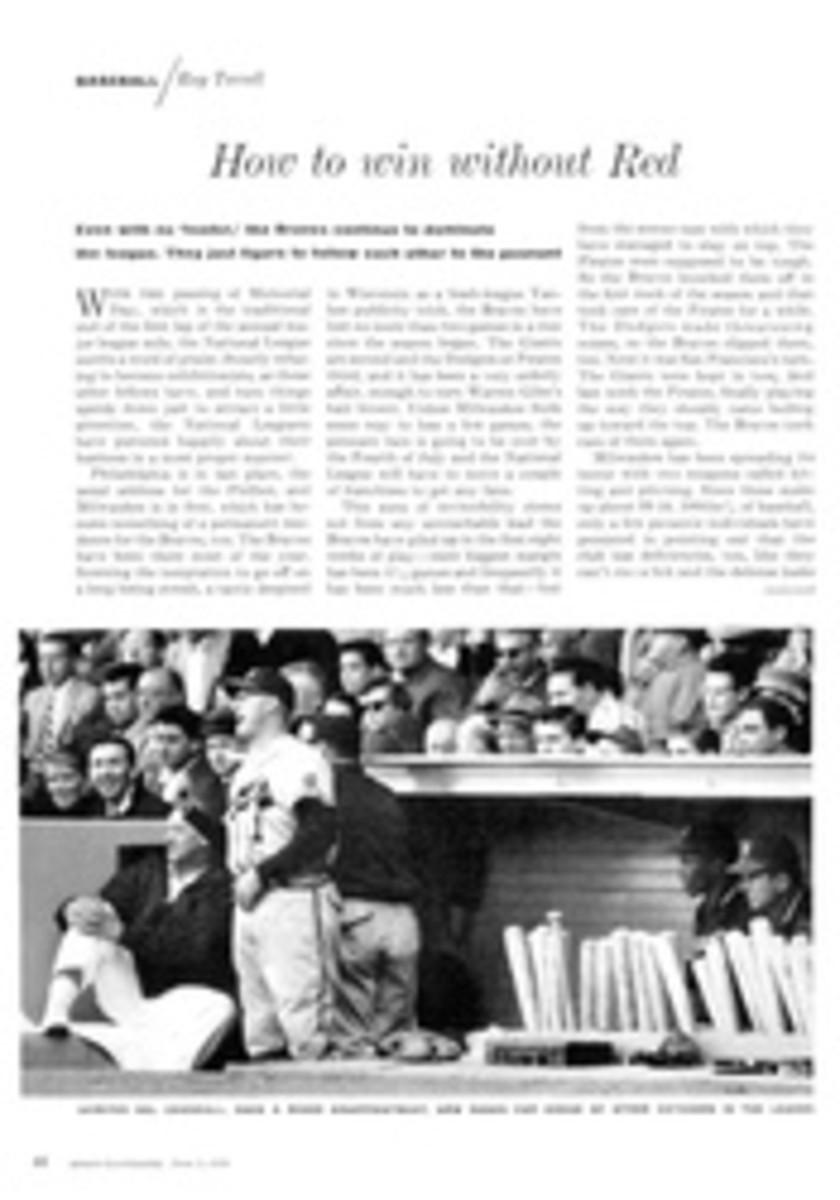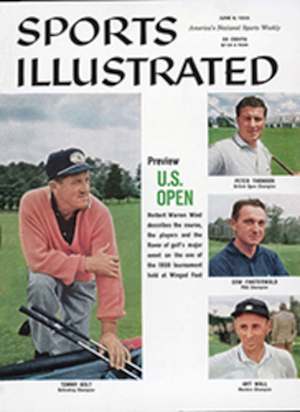
MEMO from the publisher
Probably no one will ever really know if Babe Ruth pointed to the centerfield bleachers in the third game of the 1932 World Series, and then hit one there off Charley Root—least of all the people who were at Wrigley Field that day and are sure they saw it happen. Did George Washington really throw a silver dollar across the Rappahannock; and how good was Robin Hood with his bow and arrow?
Even the passage of an hour begins to turn fact into fancy. The most conscientious historian must deal with legends. They grow fast.
The first Negro heavyweight champion, everyone knows, was Jack Johnson. At that point legends begin to interfere with history. In his memoirs Jack Johnson wrote, so help us Boswell, "I was a bigger attraction than the King." He was only referring to England's George V at the time of his coronation. That isn't even the start of a legend. No one would ever believe it, except possibly Johnson himself. The statement combines truth and ridiculousness in such delightful proportions that it's bound to last for a long time. But the whole story of Jack Johnson, hardly a decade after his death, is bound to last forever.
Partly to keep matters from getting completely out of hand in the very century in which they occurred and to place the facts where the facts belong, SPORTS ILLUSTRATED next week begins the first of a two-part biography of as fabulous—I'm sure that's the right word—a fighter as ever lived.
The man who tells the tale is Finis Farr, who lately wrote of the Gilded Age's Foxhall Keene (SI, Feb. 16).
The cast of characters around Johnson is slightly less white flanneled than those around Keene. But in other respects they've got it all the way. There was Jim Jeffries and Tex Rickard; Mistinguette and Maurice Chevalier; Jack London and Damon Runyon. Not to mention Rasputin.
And Johnson, who made "white hope" a common noun, addressed a meeting of the Ku Klux Klan; he was a foreign agent; he liked girls.
It all makes it easier to think Babe did point to the bleachers. But that's another story. Next week begins the true account of how it was when Johnson held the center of the stage.
PHOTO
JACK JOHNSON

